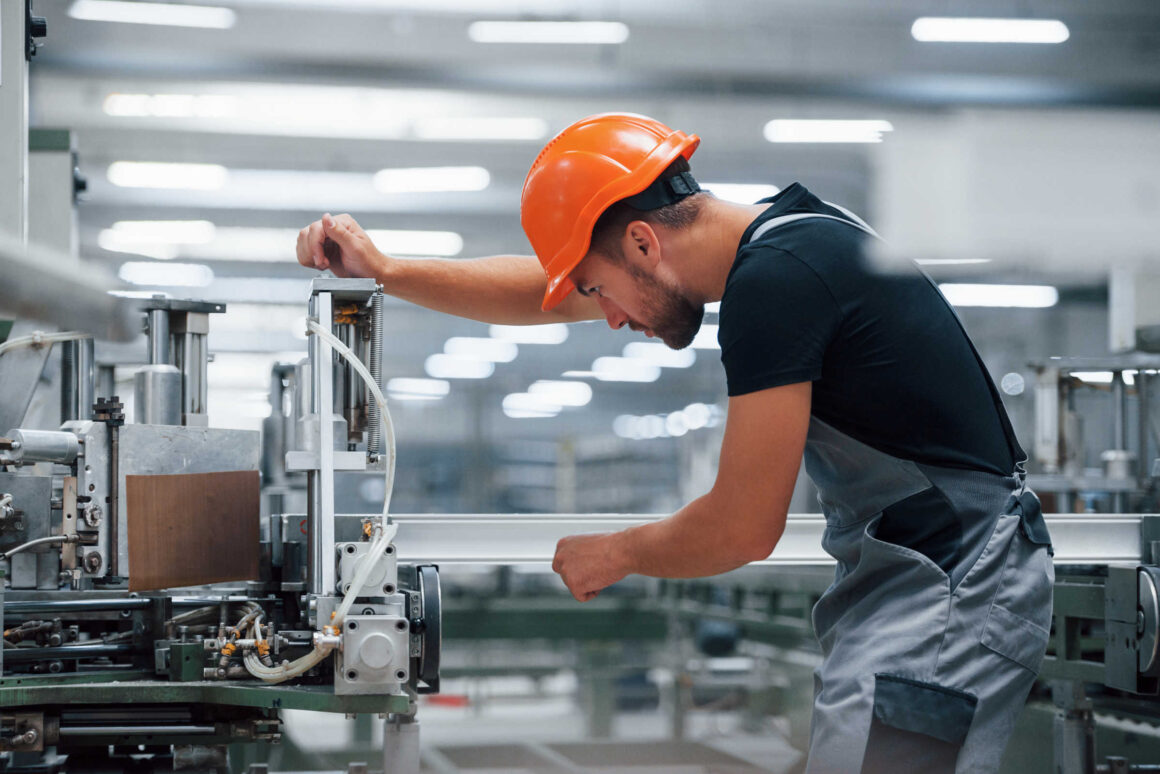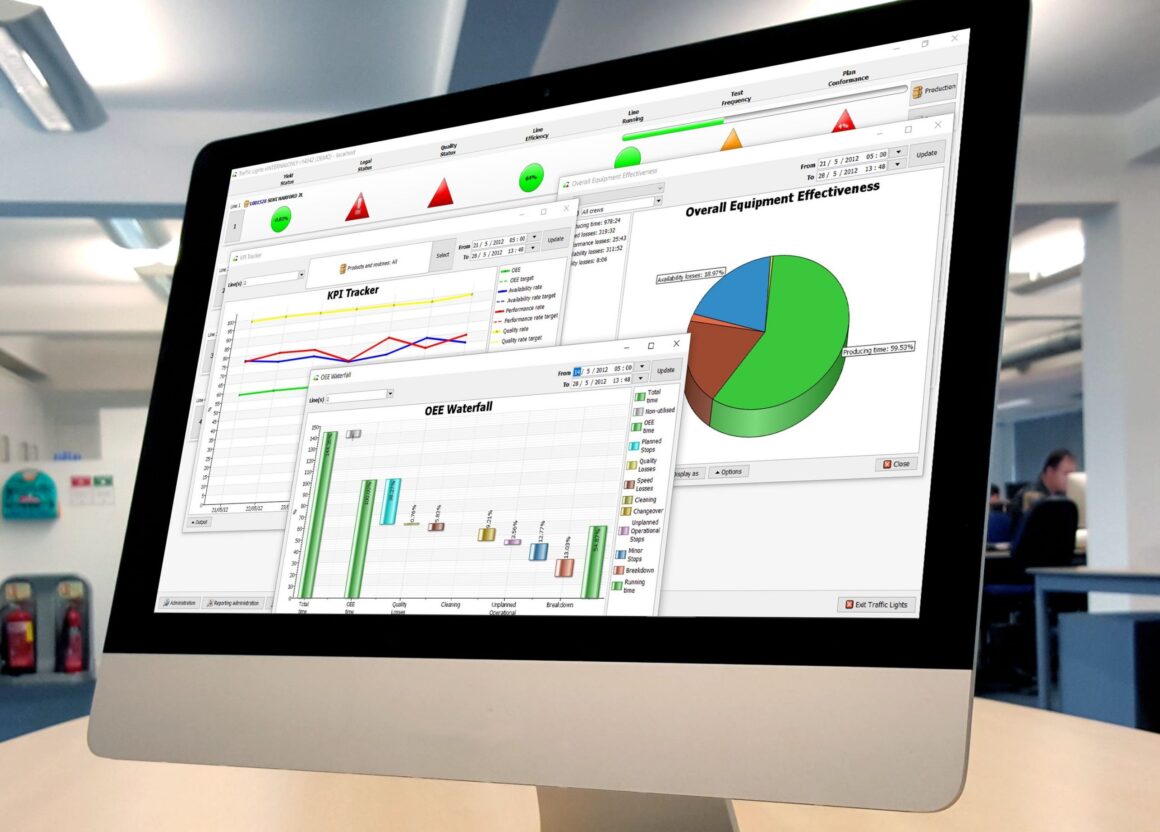How to Achieve Perfect Production
‘Perfect production’ with zero breakdowns, zero defects and zero accidents may seem like a dream. But the Total Productive Maintenance (TPM) approach is bringing manufacturers closer to making this a reality.
Whether you’ve experimented with TPM in the past, or are relatively new to the concept, it’s worthwhile understanding what can be gained from it.
In today’s post, we explore these benefits and look at what other companies have been able to achieve with a TPM approach.
First: what is Total Productive Maintenance?
TPM is a lean manufacturing philosophy that centres on achieving near-perfect production. The aims of TPM are high: no breakdowns, no small stops or slow running, no defects, and no accidents.
It emphasises proactive and preventative maintenance to maximise the lifespan and productivity of the equipment. And it does this by empowering all employees to take responsibility for such equipment.
Here are some of the benefits of total productive maintenance:
1. Less unplanned maintenance time
The TPM approach is heavily orientated around employee empowerment and encourages employees to take ownership of their machinery, which in turn increases production uptime.
TPM allocates the jobs traditionally completed by maintenance personnel to all plant personnel. That way everyone is responsible for machinery and equipment upkeep. A TPM regime will typically have operators carry out basic manufacturing maintenance duties and cleaning regimes, and encourage a proactive attitude toward spotting issues.
A major TPM event might involve inspecting, lubricating, and performing corrective work on a piece of machinery, after which the entire machine was cleaned. This frees up maintenance staff to perform more value-add tasks.

2. A safer working environment
The TPM model is made up of a 5S foundation, ensuring all workspaces are sorted, ordered, clean, and standardised at all times, and eight supporting activities, all of which result in a safer workplace.
At its simplest, this focus on 5S and continuous upkeep of machinery results in clean, healthy machines that are less likely to have loose ball bearings, lubricant leakage, or issues hidden under layers of grime. Plus, as dirty work environments present a risk of injuries in industrial settings, a simple cleaning regime can do wonders for safety.
In addition, workplace incidents that occur due to disorderliness – for example, tools in the wrong place, incorrect machine setup or a messy station – are reduced.
TPM activities also focus on the layout and flow of products and people. Minimising movement and clutter and maximising product flow-through floor design will reduce safety risks.
3. Increased quality output
One of TPM’s supporting activities or ‘pillars’ is Quality Integration, which integrates quality improvements into the production process. This approach has been shown to drastically improve quality and customer satisfaction.
A company would specifically design error detection and prevention into production processes, for example, vision systems and alarm signals. Recurring sources of quality defects would be eliminated by applying a root cause analysis.
This reduces the number of quality issues, which in turn reduces defects. The small number of defects that do occur are caught early, reducing the overall cost of rework and waste.

4. Proven impact
TPM’s major goal of achieving ‘perfect production’ is measured using an Overall Equipment Effectiveness (OEE) score – the gold-star standard for rating manufacturing productivity.
Applicable to both discrete and process production settings, OEE makes it easier to improve because it quickly identifies loss areas, benchmarks progress and improves equipment productivity – all with data.
Solid metrics speak louder than words: OEE allows you to benchmark your facility against the industry and prove your TPM improvement program is working.
Achieving perfect production with total productive maintenance
At its core, TPM is about improving equipment reliability through taking ownership and pride in its upkeep. Done correctly, TPM can have measurable, lasting results such as improved quality output, improved manufacturing maintenance regime, reduced changeover and proactive culture where employees take pride in their machinery.
Maintaining your equipment might not prevent every failure. So, we developed this guide to help you reduce downtime and to help your production staff determine the best course of action when a machine does go down. It will get your team thinking about what caused the breakdown and assess the need for external advice.

Achieving total printer productive maintenance
From a coding and marking perspective, combatting the factors that cause unplanned downtime in production can largely be put into two groups: keeping printers running and making sure the right code gets put on the right product. PrintDATA’s range of products can help you achieve this dream of perfect production.
Our printers are largely maintenance-free, making operator-performed maintenance simple and quick. Even the annual service on our Ax-Series inkjet printers is designed to be performed by an operator in under ten minutes.
The Domino Cloud platform collects a vast array of data on equipment operation – from ink and makeup levels to wear and tear on components. This information is then sent up to cloud databases, and then our support team and engineers use the collated data to remotely diagnose faults and spot potential future issues.
The Domino Cloud can also automatically enable you to generate OEE calculations and printer usage charges. You can see print count statistics, print run rates and ink consumption. You will even receive insights on line improvement and lean manufacturing initiatives. It’s like having an expert consultant on your team, on-demand whenever you need them.
Domino’s QuickDesign software integrates printers with business systems such as MES and ERP so that they can receive coding messages, data and instructions automatically during production runs without the need for human intervention.
If you would like to find out more about increasing the reliability of your production equipment, please get in touch. Our experts in automation are always on hand to discuss the specifics of your business and help identify how you can eliminate costly errors from your production lines.